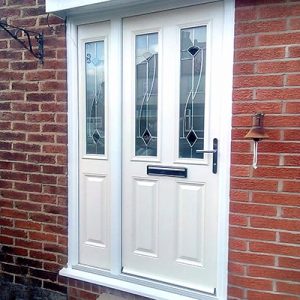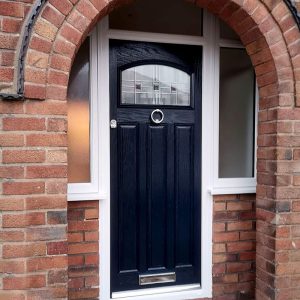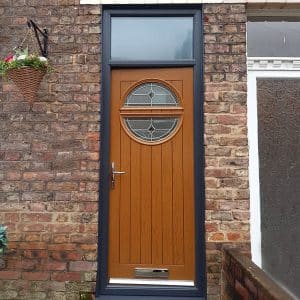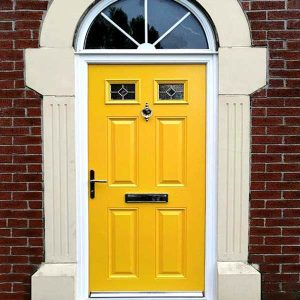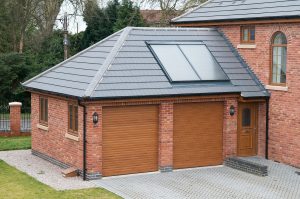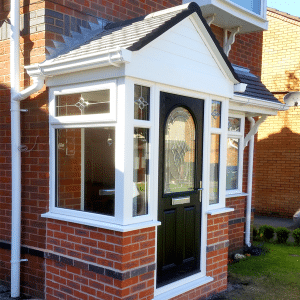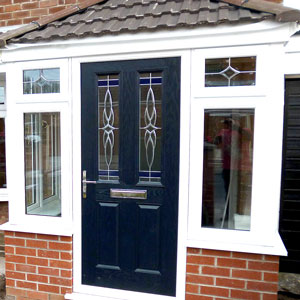During colder months, homeowners often notice increased heating costs, a clear sign that heat escapes from various parts of their homes. Understanding where heat loss happens can help you target improvements and save energy. Here’s a breakdown of the main areas where heat typically escapes, along with tips to reduce this loss effectively.
1. Windows and Doors
Windows and doors serve as some of the biggest culprits for heat loss in a home. Even with double or triple glazing, windows lose heat more rapidly than insulated walls. Poorly fitted doors and windows with gaps or single-pane glass worsen this problem, allowing heat to seep out and cold air to infiltrate.
How to Reduce Heat Loss Through Windows and Doors:
– Install Weather Stripping: Add weather stripping around doors and windows to seal gaps and stop drafts.
– Use Heavy Curtains: Close thick curtains at night to create an extra insulating layer.
– Consider Double or Triple Glazing: Install double or triple-pane windows for better insulation and soundproofing.
2. Roof and Attic
Heat rises, so the roof and attic often experience significant heat loss. Poor insulation in the attic allows warmth from the living areas to escape through the ceiling and roof, especially in homes with older insulation. Insulating the attic reduces this heat loss and cuts energy bills.
How to Improve Roof and Attic Insulation:
– Add Attic Insulation: Use materials like fibreglass, cellulose, or spray foam to insulate the attic and reduce heat transfer.
– Seal Attic Doors and Hatches: Add weatherstripping to attic doors or install an insulated attic hatch to stop heat from escaping.
– Ventilate Properly: Maintain adequate ventilation to prevent moisture buildup, which can reduce insulation effectiveness.
3. Walls
Walls account for a large portion of heat loss, especially in homes with older or poorly insulated walls. Heat travels through walls, and without insulation, it escapes quickly into the cold outside. Cavity walls, often found in modern homes, lose less heat compared to solid walls because of their built-in air gap, but even cavity walls benefit from additional insulation.
Ways to Reduce Heat Loss Through Walls:
– Install Wall Insulation: Use cavity wall insulation for homes with cavity walls or consider internal or external insulation for solid walls.
– Check for Cracks and Gaps: Fill in any cracks or gaps around pipes, electrical outlets, and other areas where cold air might seep in.
– Use Thermal Wallpaper: Apply thermal wallpaper on internal walls to create a barrier that reduces heat loss.
4. Floors
Floors, particularly in homes with uninsulated ground floors, can contribute to heat loss. Warm air rises, but cold air can seep in from below, making floors a chilly source of energy inefficiency. Many homes have gaps between floorboards or uninsulated flooring that allows heat to escape.
Steps to Improve Floor Insulation:
– Add Rugs and Carpets: Cover floors with rugs or carpets to add a layer of insulation and reduce heat loss.
– Insulate Underfloor Space: For homes with suspended timber floors, consider underfloor insulation to stop heat from escaping.
– Seal Gaps Between Floorboards: Use sealant to close gaps between floorboards and reduce drafts.
5. Chimneys and Fireplaces
Open chimneys and fireplaces can cause significant heat loss. When not in use, chimneys act as open passageways for warm air to escape and cold air to enter. Even with a closed damper, chimneys and fireplaces often allow heat to escape.
How to Reduce Heat Loss Through Chimneys and Fireplaces:
– Install a Chimney Balloon: Place an inflatable chimney balloon inside the chimney to block drafts when you’re not using the fireplace.
– Close the Damper: Always close the damper when you don’t use the fireplace to prevent heat from escaping.
– Consider a Glass Fireplace Door: Install glass doors on the fireplace to create a barrier that keeps warm air in the room.
6. Gaps and Cracks Around the Home
Small gaps, cracks, and unsealed areas around pipes, vents, and light fixtures can collectively lead to substantial heat loss. Consequently, these small openings create easy pathways for cold air to enter and, in turn, allow warm air to escape.
How to Minimise Heat Loss Through Gaps and Cracks:
– Seal Gaps with Caulk: Use caulk or foam sealant around window frames, door frames, and other gaps to close any openings.
– Apply Insulating Foam Tape: Place foam tape around electrical outlets, pipes, and light fixtures to reduce drafts.
– Use Door Sweeps: Install door sweeps on exterior doors to block drafts and stop heat loss.
Conclusion: Protecting Your Home Against Heat Loss
Most homes experience heat loss through several key areas, including windows and doors, roofs and attics, walls, floors, and chimneys. By identifying these problem areas and taking targeted steps, you can significantly reduce heat loss, improve your home’s energy efficiency, and lower heating bills. Investing in insulation, sealing gaps, and upgrading windows all make a difference in keeping your home warm and comfortable during colder months.




